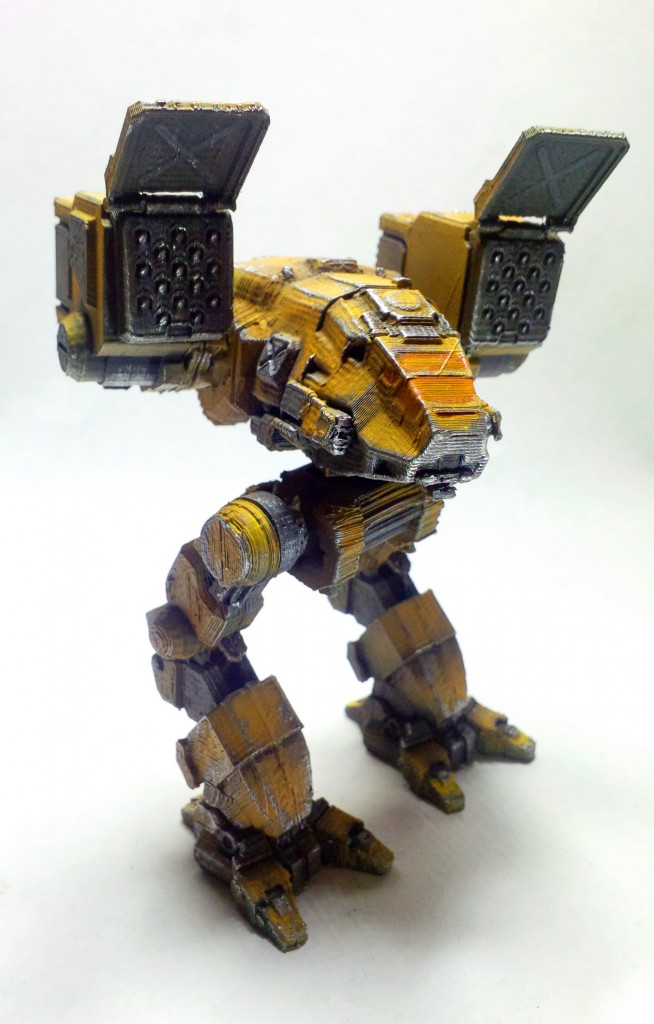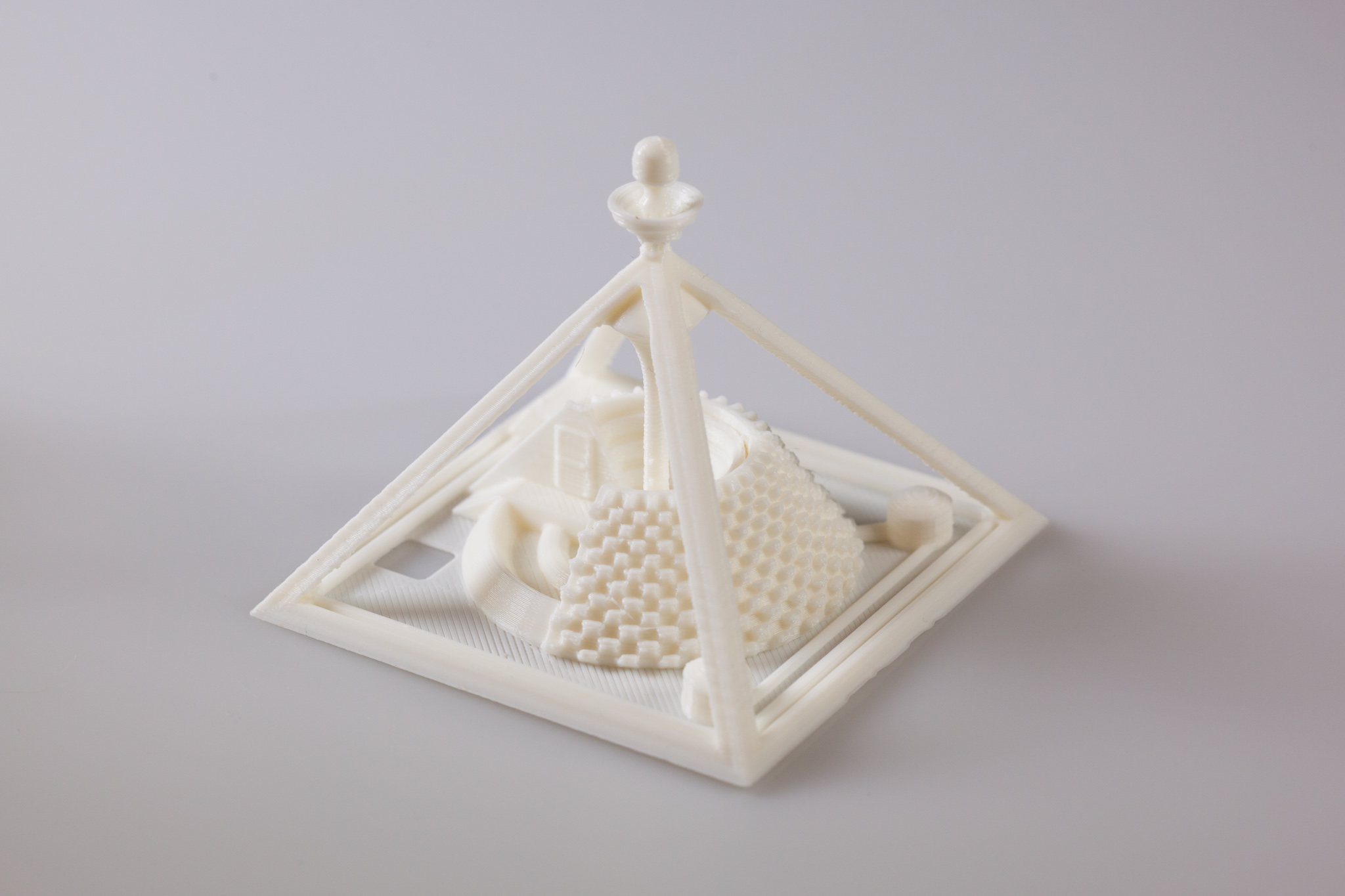How about this answer? "It depends" ![]()
The thing is that a small detailed model can mean many things. Some small details may be easy to print while others very difficult. Perhaps you could post a picture of a model you would like to print and we could give more specific advice?
A couple of small part prints from the big "post your latest print" thread:















Recommended Posts
DidierKlein 729
Hi and welcome to the forum
First of all yes Ultimaker can print at 0.02mm but it will take a hug amount of time. I've never tried it personnaly because most of the people here will tell you that below 0.06mm is kind of useless regarding the finished aspect.
I did a print at 0.06mm you can have a look:
The object is about 4cm tall i think. The ear is melted because of a bad parameter.
The Ultimaker Robot is 33mm high if printed at scale
Here are some pics of it at 0.1mm layers if i remember well.
You can check the following topic to see many of the latest prints:
http://umforum.ultimaker.com/index.php?/topic/467-post-your-latest-print/
Link to post
Share on other sites